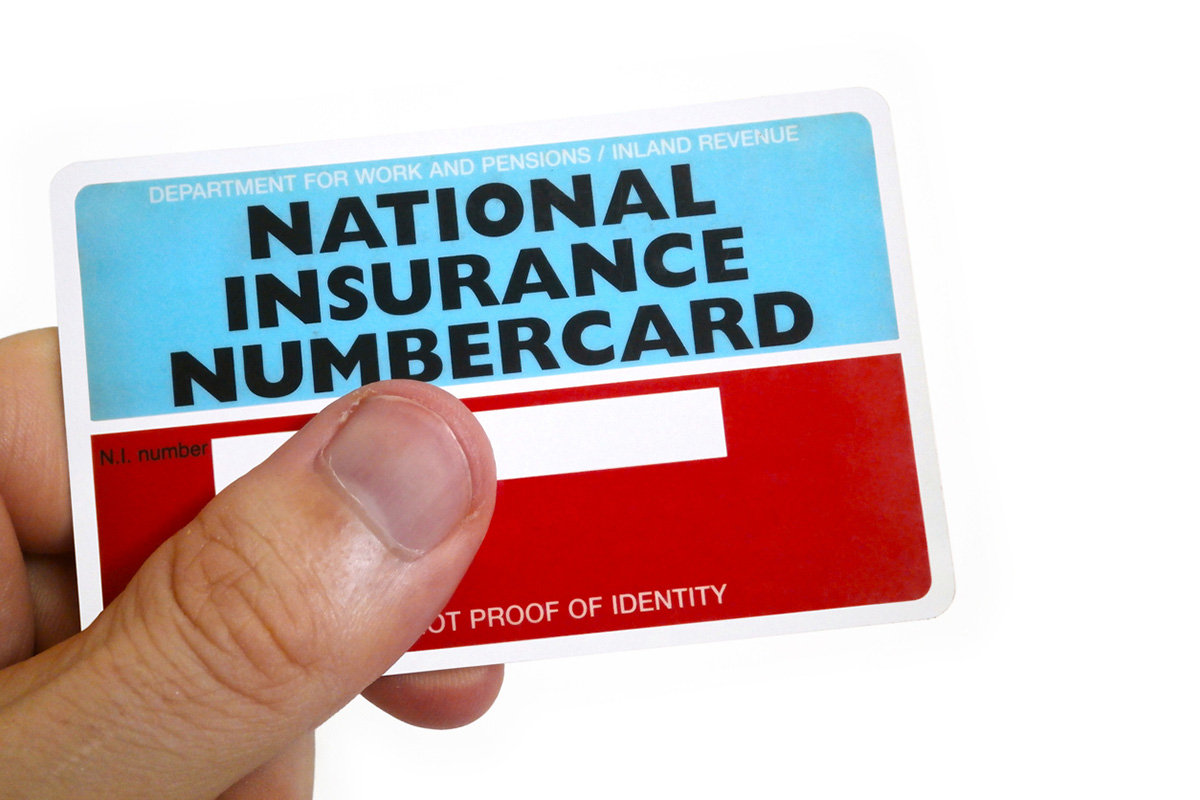Home>Finance>Tax Identification Number (TIN) Definition, Types, And How To Get One


Finance
Tax Identification Number (TIN) Definition, Types, And How To Get One
Published: February 6, 2024
Looking to understand Tax Identification Number (TIN)? Find definitions, types, and step-by-step guides on how to obtain one. Explore more in the realm of finance.
(Many of the links in this article redirect to a specific reviewed product. Your purchase of these products through affiliate links helps to generate commission for LiveWell, at no extra cost. Learn more)
Welcome to the World of Tax Identification Numbers (TINs)
When it comes to taxes, the world can seem like a complex and confusing place. One term that often comes up is the Tax Identification Number, or TIN. In this blog post, we’ll dive into what exactly a TIN is, the different types available, and how you can obtain one for yourself. So, let’s get started!
Key Takeaways:
- A Tax Identification Number (TIN) is a unique identifier used by tax authorities to track individuals and entities for tax purposes.
- There are different types of TINs, including Social Security Numbers (SSNs), Employer Identification Numbers (EINs), and Individual Taxpayer Identification Numbers (ITINs).
What is a Tax Identification Number (TIN)?
A Tax Identification Number (TIN) is a unique identifier used by tax authorities to track individuals and entities for tax purposes. It enables governments to monitor and manage tax obligations, including filing tax returns, reporting income, and paying taxes. TINs are necessary for individuals and organizations to engage in various financial activities, such as opening bank accounts, obtaining loans, and conducting business transactions.
Types of Tax Identification Numbers (TINs)
There are several types of Tax Identification Numbers that exist, each serving a specific purpose. Let’s take a look at the three most common types:
- Social Security Number (SSN): In the United States, an SSN is the most widely recognized TIN. It is issued by the Social Security Administration (SSA) and primarily used to identify individuals for social security benefits. Every U.S. citizen, permanent resident, and temporary resident with work authorization is eligible to apply for an SSN.
- Employer Identification Number (EIN): An EIN is assigned by the Internal Revenue Service (IRS) to business entities, such as corporations, partnerships, and limited liability companies (LLCs). It is used to identify these organizations for tax purposes, including filing tax returns, paying employment taxes, and opening business bank accounts.
- Individual Taxpayer Identification Number (ITIN): An ITIN is issued by the IRS to individuals who are not eligible for an SSN but need to file a tax return. This includes non-resident aliens, foreign nationals, and dependents or spouses of U.S. citizens or residents. ITINs enable individuals to comply with tax obligations, such as reporting income and claiming tax benefits.
How to Obtain a Tax Identification Number (TIN)
Now that you understand the different types of TINs, you may be wondering how you can obtain one for yourself. The process varies depending on the type of TIN you need:
- SSN: To obtain an SSN, you will need to apply in person at a local Social Security office. You will need to provide documentation to prove your identity, age, and U.S. citizenship or immigration status. The application process typically requires filling out forms and providing original or certified copies of supporting documents.
- EIN: To obtain an EIN, you can apply online through the IRS website. The application process is relatively straightforward and typically requires providing information about your business, such as its legal structure and purpose. Once approved, you will receive your EIN immediately.
- ITIN: To obtain an ITIN, you will need to complete and submit Form W-7 to the IRS. The form requires providing documentation to prove your identity and foreign status, such as a passport or birth certificate. You can submit the form by mail or in person at an IRS Taxpayer Assistance Center. The processing time for ITIN applications can vary, so it’s advisable to apply well in advance of the tax-filing deadline.
In Conclusion
Tax Identification Numbers (TINs) are vital tools used by tax authorities to track individuals and entities for tax purposes. By understanding the definition and types of TINs, as well as the process of obtaining one, you can navigate the world of taxes with confidence. Whether you need an SSN, EIN, or ITIN, be sure to follow the necessary steps to comply with tax obligations and access the financial opportunities available to you.
Thank you for joining us on this exploration of Tax Identification Numbers (TINs)! If you have any questions or would like to share your experiences, feel free to leave a comment below. Happy tax planning!














